Cashew smuggling from Cabo Delgado to Tanzania hits Mozambique with €1.5m in losses – Watch
Mozambique: New agricultural production techniques introduced in Limpopo National Park buffer zone

Photo: Limpopo National Park
Mozambique’s National Administration of Conservation Areas and the South African Peace Parks Foundation (PPF), through the One Limpopo One Health (OLOH) project, are promoting new production techniques that are alternatives to rainfed agriculture for the communities in the buffer zone of the Limpopo National Park (PNL), in the southern Mozambican province of Gaza.
The region in question was seriously affected by the El Niño phenomenon, characterized by a shortage of rainfall, causing food insecurity in the region.
The new techniques will make better use of the flows of the Limpopo, Elephants and Shingwedzi rivers, which run through the districts of Massingir, Mabalane, Mapai and Chicualacuala, allowing local communities, especially those living in the PNL buffer zone, not to depend exclusively on rain to produce food for their subsistence.
The project, which is budgeted at over five million Euros (5.6 million dollars at the current exchange rate), will be implemented in two phases and will benefit 800 households during the dry and rainy seasons, contributing directly to increased agricultural productivity and the sustainability of the livelihoods of the communities covered. It will last three and a half years.
The first phase covers 400 households from Massingir district, who have received vouchers for the purchase of agricultural inputs.
Rosana Manhiça, from the park’s Community Support Programme, told reporters that the initiative will have a positive impact, helping to alleviate the effect of hunger on communities by strengthening resilience and encouraging agricultural practices that are compatible with environmental conservation.
“For this phase of the delivery of inputs, producers living in the communities where the irrigation systems were installed, in the administrative posts of Mavodze, Zulo, Ndzavene and Combomune, were covered. The second phase should cover communities that practice rainfed agriculture”, she said.
According to Manhiça, the project includes conservation agriculture, livestock management, women’s empowerment and community capacity building for natural resource management.
“This initiative was the result of support given to the park by the French Development Agency (AFD) and the French Global Environment Facility (FFEM) through the OLOH project, in coordination with our partner, the Peace Parks Foundation”, she explained.
Manhica guaranteed that actions are under way to ensure cohabitation between humans and animals in that conservation area.
“As you know, this is the area where the animals live, so we have to teach the communities how to live with the animals, while protecting their fields. This year we’ve trained 11 community inspectors and we’re calling on the communities to help carry out this control action”, she said.


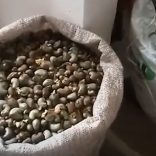


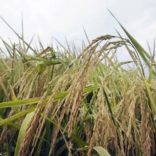

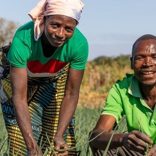

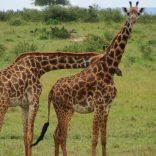

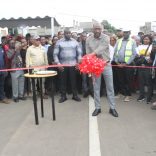
Leave a Reply
Be the First to Comment!
You must be logged in to post a comment.
You must be logged in to post a comment.